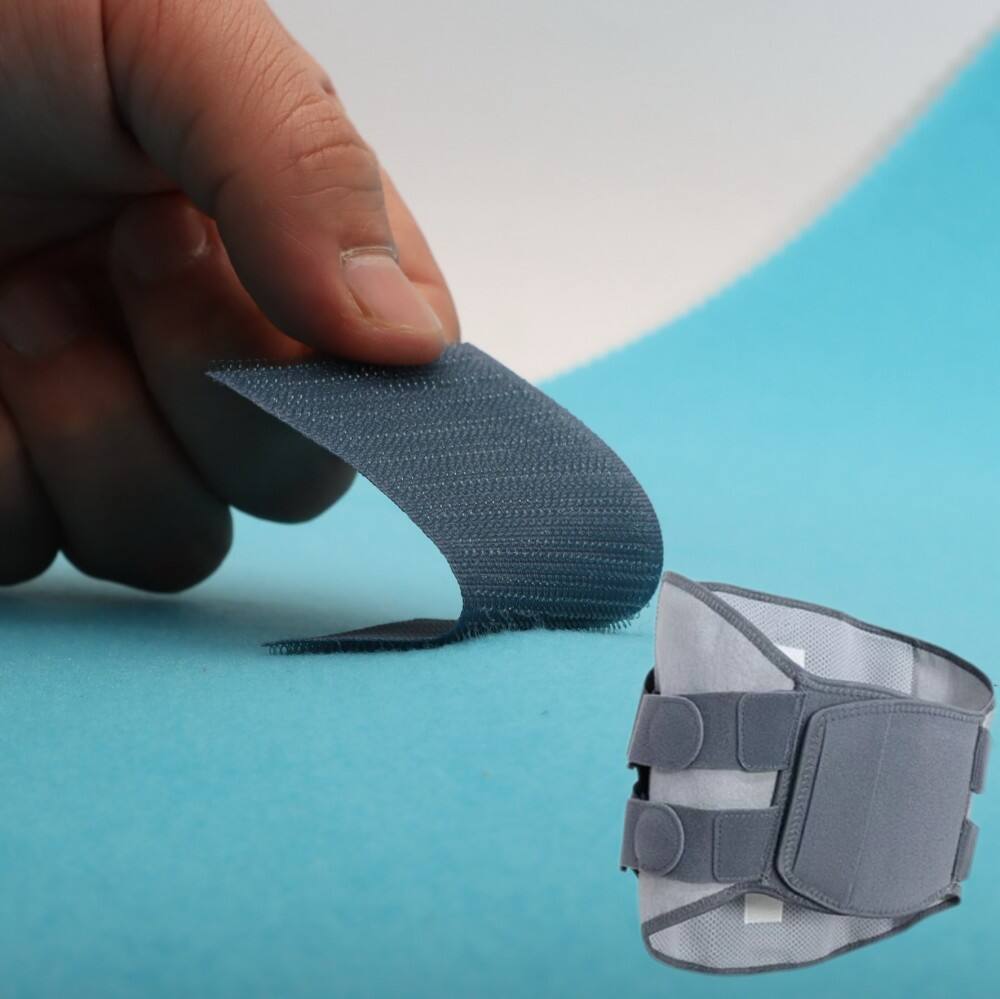Understanding the Role of Laminated Foam Fabric in Automotive Interiors
Comfort and Cushioning Enhancement
Laminated foam fabric really makes a difference when it comes to making cars more comfortable for passengers. We find this stuff all over the place inside vehicles these days, from seats to door panels and even those ceiling linings. Basically what happens here is they layer foam with different kinds of textiles to create something that feels good but still holds together. What car manufacturers get out of this setup is seating that doesn't lose its form after years of use, plus folks actually enjoy sitting there on those long road trips nobody wants to take but somehow always end up doing anyway.
Car manufacturers really like using laminated foam fabric because it helps cut down on those annoying pressure points that make people sore after driving for hours. For premium cars, makers often add extra layers of lamination to fine tune how comfortable each part of the seat feels. Think about the driver's seat versus the passenger seat backrest they need different levels of support. The way this foam compresses when someone sits down and then springs back to shape keeps things feeling good even after years of use. That kind of lasting comfort is what separates regular seats from the ones found in top shelf luxury vehicles where customers expect nothing less than perfection.
Noise Reduction and Acoustic Insulation
The laminated foam fabric plays a big role in creating a quieter ride thanks to its acoustic insulating properties. Manufacturers install this material in key spots throughout the car including under the floors, on the ceiling lining, and around door edges where it works hard to soak up unwanted sounds from roads, engines, and even wind whistling past windows. When all these noises get absorbed instead of bouncing around inside, passengers notice a real difference in how peaceful the cabin feels during drives, especially on long trips when every bit of quiet matters.
Laminated foam fabric with its multiple layers works wonders for reducing noise because it gets in the way of both airborne sounds and those annoying structural vibrations that travel through materials. The benefit becomes really apparent in electric cars these days since there's no engine rumble masking all the other noises we didn't notice before. Car makers spend quite a bit of time tweaking things like how dense the foam should be and what kind of fabric goes on top, based on whether they're building luxury sedans or budget hatchbacks meant for different markets around the world. Some companies even test prototypes in special acoustic labs to get just the right balance between comfort and performance.
Durability and Visual Appeal in Interior Design
Aesthetic Versatility and Branding
Laminated foam fabric brings more than just practical advantages to the table. Its ability to look good while doing its job makes it a real asset for interior design projects. The material comes in all sorts of different feels, hues, and surface treatments that let designers align with brand aesthetics or create particular atmospheres inside spaces. Think about those sleek black dashboards in luxury cars versus the vibrant orange accents on sports models. Laminated foam adapts to whatever style a designer wants to bring to life, from bold statement pieces to subtle background elements that blend seamlessly into the overall design scheme.
Additionally, it supports the integration of stitching patterns, logos, and embossed designs that enhance the premium look and feel of interiors. Laminated foam fabric's stability ensures these visual features remain crisp and well-defined over years of use, with minimal risk of wrinkling or delamination.
Resistance to Wear and Environmental Stress
Automotive interiors must withstand high levels of daily use and exposure to environmental stressors such as sunlight, humidity, and temperature fluctuations. Laminated foam fabric excels in this context due to its engineered durability. It maintains structural integrity and colorfastness, even when subjected to repeated friction or UV exposure.
Advanced laminated fabrics are often treated with coatings that resist stains, moisture, and microbial growth. This extends the lifespan of interior surfaces and reduces maintenance needs for vehicle owners. In commercial fleets and shared mobility platforms, this resilience becomes especially valuable.

Practical Considerations in Manufacturing
Process Efficiency and Consistency
Laminated foam fabric offers manufacturers practical benefits in terms of assembly and consistency. Its pre-bonded nature simplifies production processes by reducing the number of separate layers that need to be handled or glued. This translates into faster upholstery cycles and fewer quality control issues.
Computer-controlled lamination processes ensure uniform thickness and adhesion, which are critical for automated assembly lines. The consistent performance of laminated foam also helps in meeting safety and comfort standards across production batches. This predictability is essential in large-scale automotive manufacturing.
Compatibility with Other Materials
Laminated foam fabric works well with all sorts of materials and glues, making it easy to fit into various car interior designs. Works great on plastics, metals, even those composite panels too, while still maintaining strong bonds between layers. The material's adaptability opens doors for creative solutions in automotive manufacturing. For instance, engineers can build lighter weight door components or incorporate control panels directly into dashboard structures without sacrificing structural integrity.
The ability to pair laminated foam with smart textiles or sensor layers further extends its utility in modern vehicles. Features such as heated seats, touch-sensitive panels, or ambient lighting can be embedded into foam-laminated components without compromising functionality or appearance.
Environmental and Regulatory Compliance
Sustainable Material Development
As sustainability becomes a key concern in the automotive industry, laminated foam fabric is evolving to meet environmental standards. Manufacturers are developing foam layers made from bio-based or recycled materials, reducing reliance on petroleum-derived inputs. Textiles used in lamination are also being sourced from recycled PET or organic fibers.
Recyclable laminated foam structures are being explored to support circular economy models. These efforts aim to reduce end-of-life waste and make disassembly easier in automotive recycling facilities. Such innovations align with OEM commitments to lowering carbon footprints and complying with international regulations.
Compliance with Safety Standards
Laminated foam fabric used in automotive interiors must meet strict safety standards for flame resistance, off-gassing, and durability. Material suppliers perform rigorous testing to ensure compliance with FMVSS, ECE, and other regional regulations. Low-VOC foam compositions and odor-neutral adhesives are now common features in laminated fabric systems.
In crash scenarios, laminated foam components can also contribute to occupant protection by absorbing impact energy and reducing sharp edge exposure. Their integration in knee bolsters, door panels, and headrests underscores their role in vehicle safety beyond comfort and aesthetics.
FAQ
What makes laminated foam fabric ideal for automotive use?
Its combination of cushioning, durability, acoustic insulation, and design flexibility makes it well-suited for modern car interiors.
Can laminated foam fabric be customized?
Yes, it can be tailored in terms of thickness, texture, color, and even embossed patterns to match different interior styles.
Is laminated foam fabric environmentally friendly?
More manufacturers are using recycled and bio-based materials to produce eco-conscious laminated foam options.
How does laminated foam fabric enhance safety?
It helps reduce noise, absorb impact energy, and meet flammability standards, all of which contribute to overall vehicle safety.







